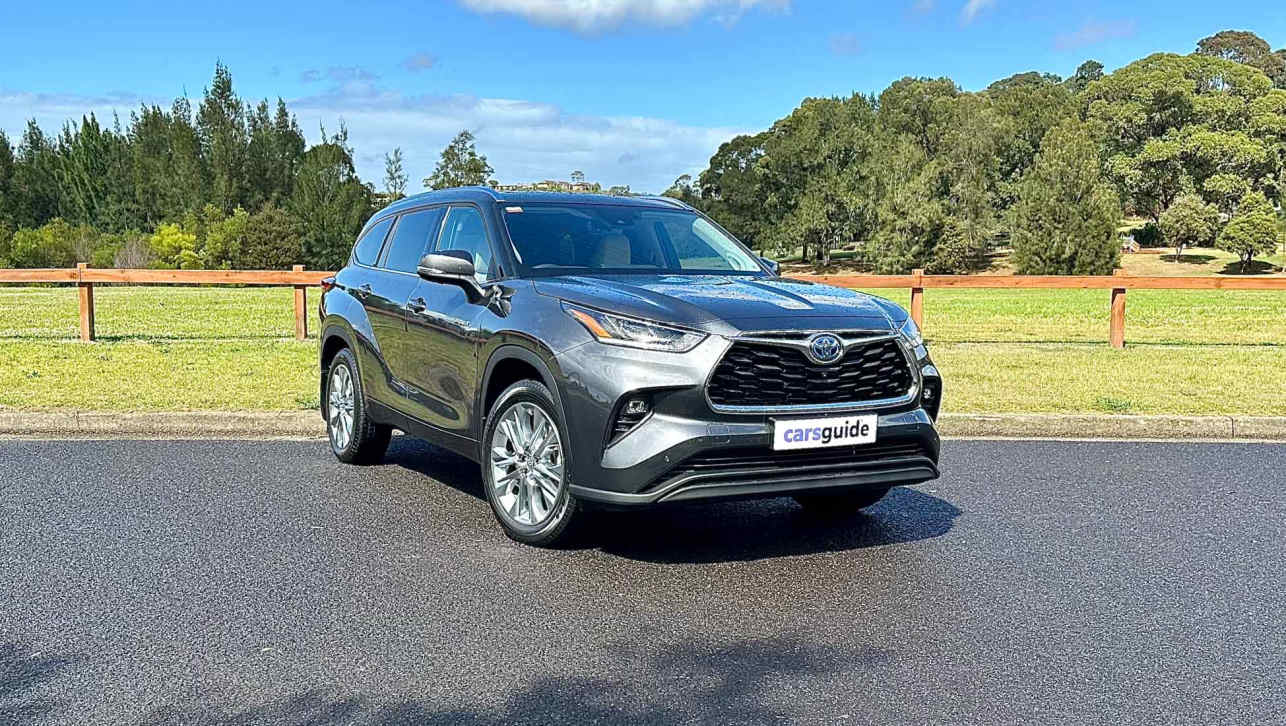Do not refresh your page, do not hit the back button, Hyundai's red-hot RN30 concept suggests the future is pretty awesome for the Korean brand's upcoming N performance line-up.
Until the RN30 was teased in a single image last week, we expected this week's Paris motor show to bring a production-ready concept version of a new Golf GTI-rivalling i30-based hot hatch.
The RN30's pumped front and rear wheelarches suggested it would be more like the Focus RS top end of hot hatch town, and today's full reveal shows the third-generation i30-based concept to be more like a fully-fledged tarmac racer.
Part tarmac-spec WRC, part Rallycross, part Ken Block Gymkhana in its details and proportions, the RN30 isn't a direct fit with any current motorsport category that we can think of, but it should probably create one. Could there be an RN30 one-make race series in Hyundai's future?
The RN30 concept boasts an A45 AMG-rivalling 279.5kW 2.0-litre turbocharged petrol engine (3.5kW less than the new i20 WRC racer),
Unlike the fanciful digital-only Gran Turismo racers of recent times, the RN30 looks to pack genuine European motorsport pedigree.
This notion is further supported by the fact that the initial press hots shown here were taken atop the legendary Lingotto building in Turin that used to serve as a test track for Fiats rolling off the production line beneath until 1982. Movie fans may also recognise the location from the classic Mini chase scene in the original Italian Job film.
The RN30 concept boasts an A45 AMG-rivalling 279.5kW 2.0-litre turbocharged petrol engine (3.5kW less than the new i20 WRC racer), driving all four wheels through a seven-speed dual clutch transmission. A bigger turbo is key to its 380 metric horsepower output, and forged internals help it contain 451Nm of torque.
A wet-type dual-clutch transmission sends power to all four wheels via an electronic limited-slip differential (eLSD).
Surprisingly for a race car, the RN30 also features an Electronic Variable Exhaust system to adjust the 2.0-litre's note. Rather than boosting its race credentials, this is more likely a hint of what's to come from the i30N road car.
The RN30's low-slung body is surrounded by an elaborate aero package, punctuated by a huge carbon rear diffuser with integrated LMP1-style ceramic exhaust outlets.
The bulging wheelarches stretch the i30's overall width by 30mm and the track-focused suspension setup brings the body 84mm closer to the ground.
The door sills have been raised significantly compared with the road car, and the front doors now swing upwards via A-pillar hinges similar to a McLaren. The rear doors have been cut down to clear the giant rear wheelarch flares, retaining their standard B-pillar hinges.
Rather than conventional carbon fibre, the RN30 saves weight with extensive use of a more environmentally friendly cast plastic developed in conjunction with BASF.
The rally-inspired interior is set up for a driver and co-driver, with an integrated roll cage, gyro cameras for capturing in-car action footage, racing buckets and beautifully detailed race-style instruments and controls.
This i30N is expected to form a new flagship for the new third-generation Australian i30 range.
The RN30 concept is the result of collaboration between Hyundai Motorsport (HMSG), Hyundai Motor Europe Technical Centre (HMETC) and Hyundai Motor's Performance Development & High Performance Vehicle Division. Rather than Hyundai's Namyang, Korea R&D headquarters or their Nurburgring test centre, the N logo represents a chicane on a race track.
Former BMW M boss and now Hyundai N head honcho Albert Biermann describes the RN30 as "inspired by our passion to provide a high-performance car that everybody can enjoy effortlessly. We have drawn on our technological expertise – honed through our motorsport successes – to deliver emotional delight through an engaging blend of performance and control, the goal Hyundai's N strives to achieve in future performance models.”
The first production reality of these models will be the Golf GTI-level i30N, with an expected debut in the next 12 months. A turbocharged version of the 2.0-litre direct injected engine in the current i30 SR is likely to power the front wheels to the tune of a more Golf R-like 192-195kW, with a choice of six-speed manual or seven-speed DCT dual clutch auto transmissions.
This i30N is expected to form a new flagship for the new third-generation Australian i30 range, likely to sit above an i30 SR with the Veloster SR Turbo's 150kW 1.6-litre turbo, with the current i30 SR's 124kW direct-injected 2.0-litre used in the base grade to represent a wholesale upward shift in the i30's Australian petrol offerings.







.jpg)
.jpg)
.jpg)

.jpg)





.jpg)
.jpg)


.jpg)
.jpg)
.jpg)





Comments